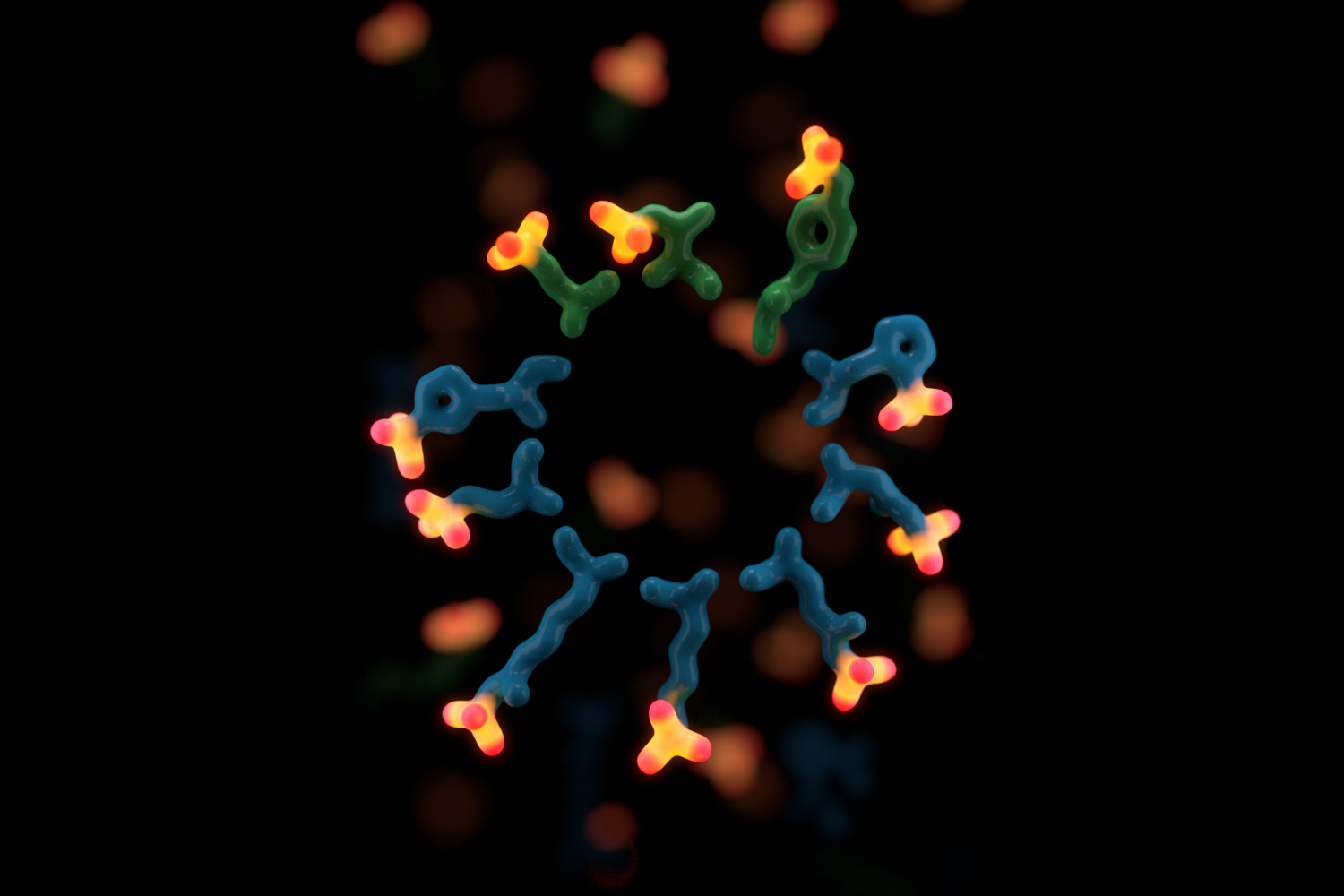The expanding landscape of human protein phosphorylation
Traditionally, phosphoproteomic studies have focused on the three canonical residues pSer, pThr and pTyr. Conversely, studies of the non-canonical residues pCys, pHis, pLys, pArg, pAsp and pGlu have lagged behind their canonical counterparts, due largely to lability of these modifications under standard phosphopeptide enrichment strategies.
In our lab, we have devised a workflow we term unbiased phosphopeptide enrichment strategy based on strong anion exchange chromatography (UPAX), that permits simultaneous investigation of the canonical and non-canonical phosphoproteome.
Using UPAX, we find that non-canonical phosphosites make up around a third of all identified phosphosites, expanding the landscape of the known human phosphoproteome.
Back to: Centre for Proteome Research (CPR)
